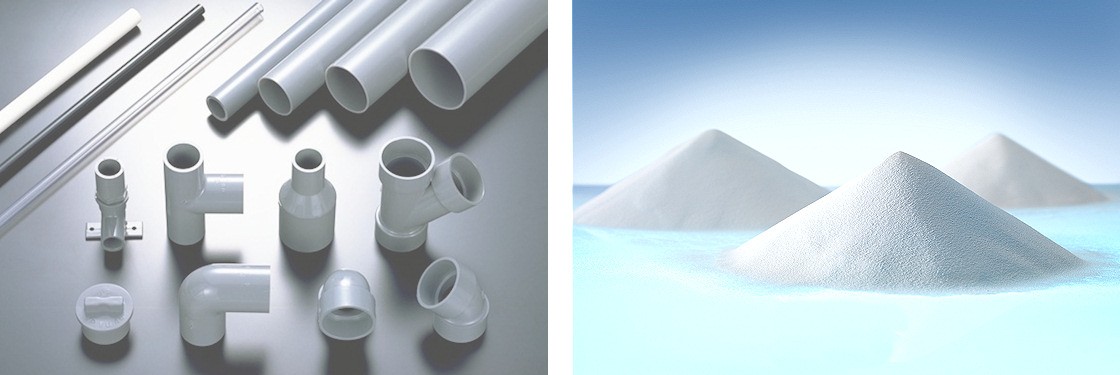Arguably one of the most universal and versatile types of plastic piping, PVC pipes have been in use for over 80 years, servicing a multitude of applications in various market sectors around the world. Compared to metal piping, PVC pipes are exceptionally strong and durable, with complete corrosion resistance and with little risk of succumbing to thermal expansion or contraction. Economical and robust, these pipes come in various sizes with a range of available fittings and can be used for both warm or cold water applications depending on the type of PVC variant.
What is PVC Pipe Used For?
PVC pipes are commonly used for manufacturing sewage pipes, water mains and irrigation. Possessing very long-lasting properties, PVC pipes are easy to install, lightweight, strong, durable and easily recyclable, making them cost-efficient and sustainable. The smooth surface of PVC pipes also encourages faster water flow due to lower amounts of friction than piping made from other materials such as cast iron or concrete. PVC pipes can also be manufactured to varying lengths, wall thicknesses and diameters, according to international sizing standards such as DIN 8061, ASTM D1785 and ASTM F441.

How are PVC Pipes Made?
PVC pipes are manufactured by extrusion of raw material PVC, and generally follow the same steps of typical pipe extrusion operations:
Feeding of raw material pellets / powder into the PVC twin screw extruder
Melting and heating in multiple extruder zones
Extruding through a die to shape into a pipe
Cooling of the shaped pipe
Cutting of PVC pipes to the desired length
However, despite having a similar manufacturing procedure to most plastic piping, PVC pipes have intrinsic characteristics that pose additional challenges to pipe manufacturers both in terms of production, as well as positioning their products on the market.